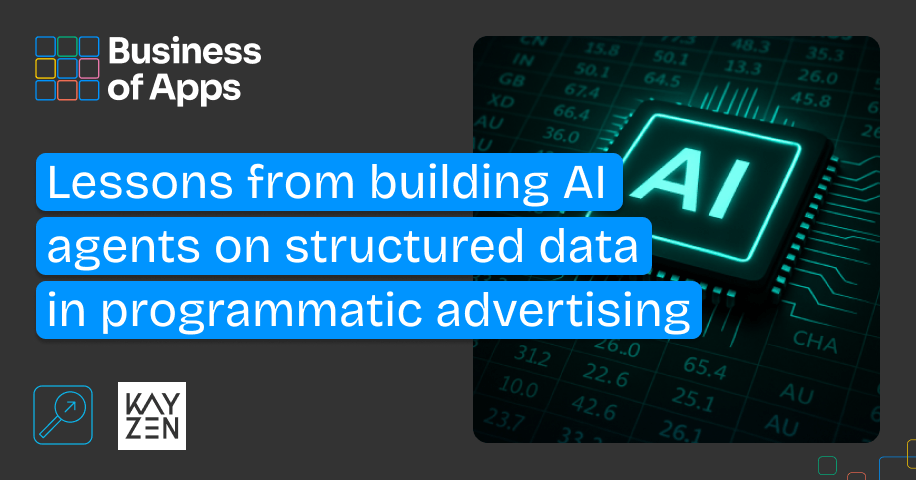The beginnings (2008)
Mobile advertising didn’t really get started until the first smartphones hit the market in 2008. Eyeballs staring at mobile screens meant new advertising opportunities for marketers. And soon, numerous ad networks emerged taking advantage of this business opportunity.
The degree of innovation from traditional desktop advertising was low though. The common banner ads were simply adjusted in size to fit mobile screens and the business model didn’t innovate either: networks acquired publishers to then re-sell their inventory on a CPM or CPC basis to agencies, oftentimes making prohibitively high margins from that arbitrage without adding much value.
The Rise of App Performance Advertising (2012)
It wasn’t until around 2012, that performance-based mobile advertising really took off and turned the market into hyper growth. Two reasons that explain this: First, the multi-billion dollar free2play casual gaming industry discovered mobile as its new canvas, leading to massively higher monetization of mobile apps. Second, the first companies which are today commonly known as MMPs (Mobile Measurement Partners), established a tracking and attribution infrastructure which for the first time allowed to attribute app installs back to ad clicks.
With performance based advertising, the optimization process and resulting budget allocations changed to favor those vendors and publishers which did the best job at delivering positive ROI for app advertisers.
Mobile first ad units and the rise of programmatic (2016)
This stage is characterized by two innovations that emerged from niche to mainstream. The first of those two innovations was more on the user experience rather than technology side of the market: Mobile first Ad Units. Rewarded video, playable ads and native ad units all aimed at providing a better user experience than traditional banner ads while being designed to drive performance outcomes through informing and engaging users in crucial moments rather than just advertising to them.
Secondly, programmatic, or to be more precise the Open RTB protocol, found more adoption, SSPs and DSPs growing their market share vs. ad networks which lead to an increasing number of ad transactions being cleared through programmatic pipes.
This gave opportunity to more accurate realtime pricing of each single ad impression and user level targeting and optimization out-innovating the traditional placement reliant approach.
It also gave rise to new performance based advertising models such as app to app retargeting, which requires a realtime bidding infrastructure which traditional ad networks were not setup to deliver.
Present & Future (2019+)
Despite the rapid pace of change in our industry from its early beginnings to where it is today, transparency & control for advertisers are still massively lacking. Whether we are speaking about the ‘walled gardens’, which all have self-serve ad buying interfaces but seem to provide less and less transparency every year (think Google UAC) or ad networks and DSPs, whose business remains largely driven by sales people signing IOs and behind the scenes ad operations teams, the room for disruption still seems massive.
The market will be evolving from the still predominant ad intermediary business model to a SaaS driven approach to performance based in-app advertising. Once advertisers will be taking ad decisioning, bidding and ad serving in-house, they will benefit in many ways. They will be able to deploy more of their ad budgets on working media instead of funding middlemen, but also gain back transparency & control, ultimately leading to more granular and tailored insights and optimization approaches. The learnings derived from this new level of transparency and depth of data can create value beyond advertising, informing smarter product decisions, spotting new trends early on and learning about one’s userbase. This should ultimately also lead to an increase in trust in the overall market.



